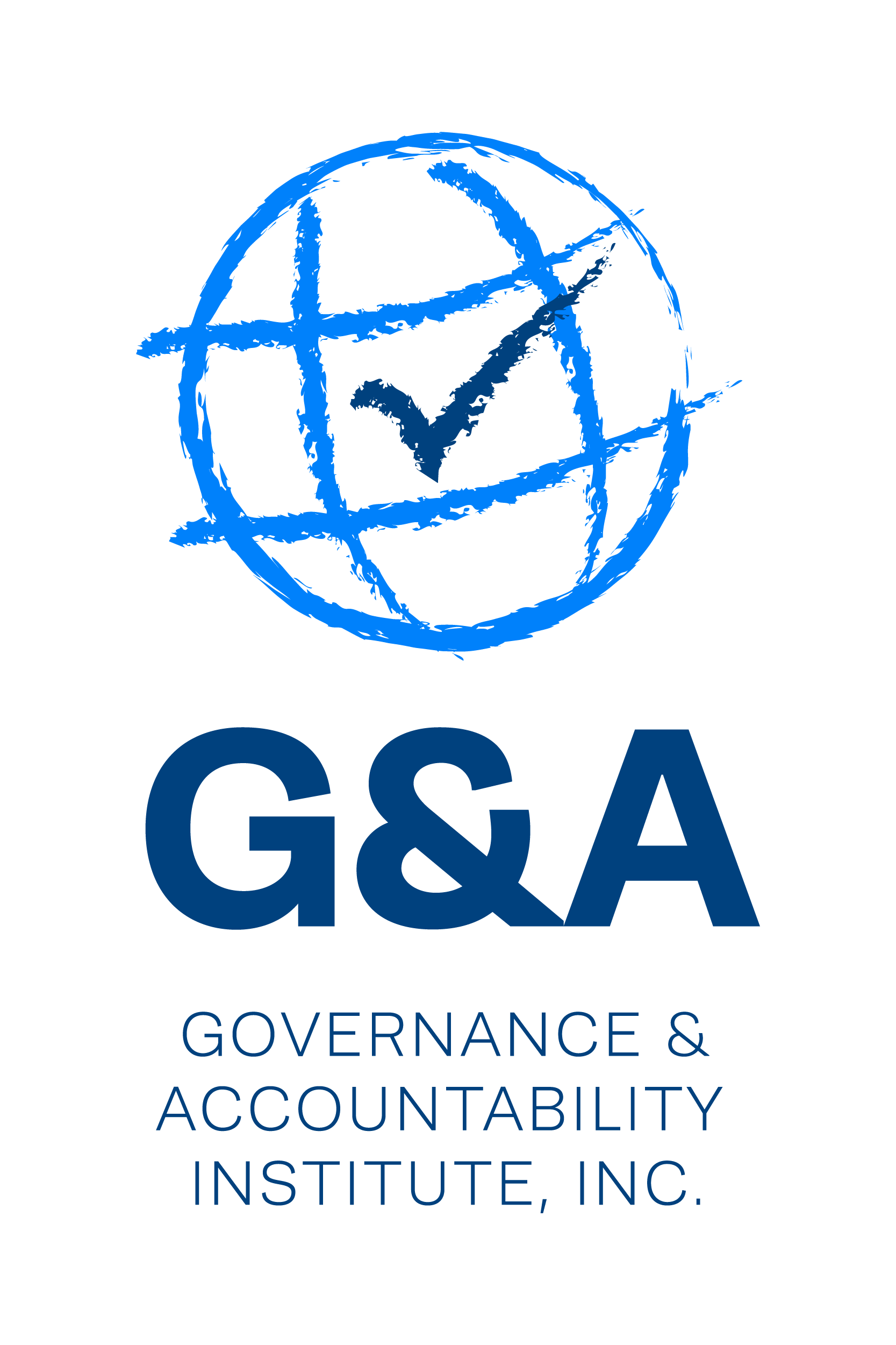“APAC” & Corporate Sustainability Journeys - Monitoring Progress & Demonstrated Leadership on the Rise in This Vital Global Region
G&A's Sustainability Highlights (5.21.2021)
“APAC” & Corporate Sustainability Journeys
Business and financial activities in “APAC”, the Asia / Pacific Basin Region are vital to the economies of the rest of the world. Think of the region’s leading sovereign economies…in order of magnitude, consider the impact of the economies of China, Japan, India, South Korea, Australia, Indonesia (these are the top economies).
These six countries are home to some of the world’s lower cost manufacturing and assembly centers, sources of financing for companies and other government entities, sourcing points for many of the world’s natural resources and food and industrial ingredients, and the sources of value-added manufactured products (such as the chips used in a multitude of consumer and business IT applications such as smartphones and electric vehicles).
The good news is that the region is also home to a growing number of corporate sustainability leadership companies. For example, CDP reports that “despite many challenges in 2020” companies disclosing on TCFD-aligned reporting reached a global high -- and that included more than 3,000 companies in 21 Asia Pacific Region (“APAC”) countries responding to CDP for the first time…and that now account for almost a third of CDP’s global corporate responses.
ESG Leadership Progress: The majority of the 3,000 APAC companies report having a board-level oversight on climate-related issues (79%) and say that they are beginning to integrate climate issues into business strategy. Half say they have integrated incentives in management of climate issues, including attainment of targets. Three of four APAC companies responding to the CDP survey say they have identified climate risk as maybe having substantive impact on their business and 60% of these are transition risk.
Climate Change Impact: CDP in its Global Climate Risk Index 2021 found that 60% of countries most affected by climate change from 2000 to 2019 are in Asia. McKinsey consultants estimates that the impact on labor productivity due to chronic increases in heat and humidity could cost Asia as much as US$4.7 trillion in of annual GDP by 2050. We are sharing CDP’s recap of the survey responses for 2021 as a Top Story.
Looking at the smaller economy of the region, Sustainalytics’ manager Frank Pan focuses on ASEAN-6 nations and reports that in the context of sustainable investing moving from “niche” to mainstream, this trend is still limited those Southeast Asian countries -- even though the region is an economic block with one of the world’s fast-growth rates. (The ASEAN-6 countries: Singapore, Malaysia, Thailand, Vietnam, Indonesia, the Philippines.)
All six of these countries, Pan points out, do have some form of ESG disclosure required and the governments have guidelines to help companies in their ESG disclosures; all the nations have stock exchanges that are members of the Sustainable Stock Exchange Initiative to encourage ESG reporting by listed companies. He points out the nature of the ESG disclosure regimes of the six nations in another Top Story selection this week.
Sustainability Reporting: The Global Reporting Initiative (GRI) is the world leader in number of corporate reports published following the organization’s standards; while some ESG standards are designed to inform the investment community, GRI’s were developed over 30-plus years with stakeholders in mind, including providers of capital (today’s standards were preceded by GRI’s reporting frameworks, “G1 through G4”).
GRI in our third Top Story this week reports growing momentum for sustainability reporting in South Asia and especially for three target countries (India, Bangladesh, Sri Lanka). GRI’s research examined 1,100 companies in the region; of these, 503 are in India, 320 in Bangladesh, and 284 in Sri Lanka.
The “2020 Sustainable Reporting Trends in South Asia” research found that GRI’s Standards are the most widely-used for ESG reporting across all the countries; 64% of listed companies in Sri Lanka use the standards; the number of reports published in Bangladesh increase by more than a third from 2018 to 2019; in India, 99% of organizations analyzed by GRI have integrated sustainability reporting into their management practices.
While the usual flow of content that we monitor and share in the newsletter each week at times has a focus on Asia and the Pacific Basin region and subregions, we are bringing you much more detail in this issue of Highlights, where you will find more information about the above research efforts and respective organizations’ reports in the Top Stories.
This is just the introduction of G&A's Sustainability Highlights newsletter this week. Click here to view the full issue.

